How much you eat is as important as what you eat when it comes to building a healthy eating life style. Individuals have different calorie and nutrition needs. A teenager who plays soccer needs way more than a middle age man who spends 10-12 hours behind computer.
How much you eat and drink can affect your weight and risk for heart disease, diabetes, cancer and total health.
What are these calories that everyone is talking about?

Calories are a measurement tool, like centimeters or measuring cups.
Calories measure the energy that a food or beverage provides from the carbohydrate, fat, protein, and alcohol it contains. Calories give you the fuel or energy you need to work and play – even to rest and sleep!
When choosing what to eat and drink, it’s important to get the right mix – enough nutrients without too many calories.
Tracking what and how much you eat and drink can help you better understand your calorie intake over time.
Howcan you controlyour calorie intakewithout being acalorie-obsessedperson?

Make the start so easy, and by so easy I mean it should not take you more than 2 minutes. If it takes you more than that and you are new to the whole calorie tracking process, FORGET IT.
Control what is easy at the beginning and when you start doing that unconsciously go to the next level.
Weighing every single meal while going to work and continue your social life can be overwhelming and defiantly not sustainable, especially if you have never done this before, instead saving half of your meal portion for the next day doesn’t seem too much work, right?
What is portion?
Portion size is the amount of a food you choose to eat which maybe more or less than a serving.
Why controlling how much you CHOOSE to eat is important?
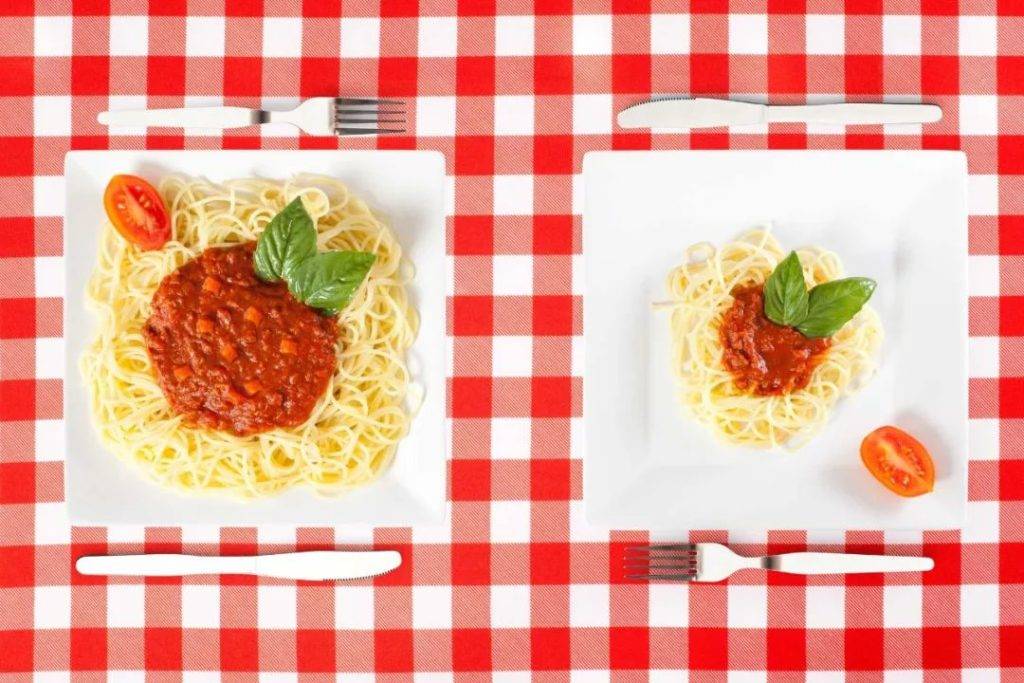
Choosing smaller portions can help you stay within your calories needs. Some commonly eaten foods can provide more calories than we realize. You can cut down on calories by choosing a smaller portion.
For example, a large order of fries can contain over 500 calories, but a small order only half of that amount.
When it comes to controlling the portion you can’t ignore the serving specially on packaged or can foods
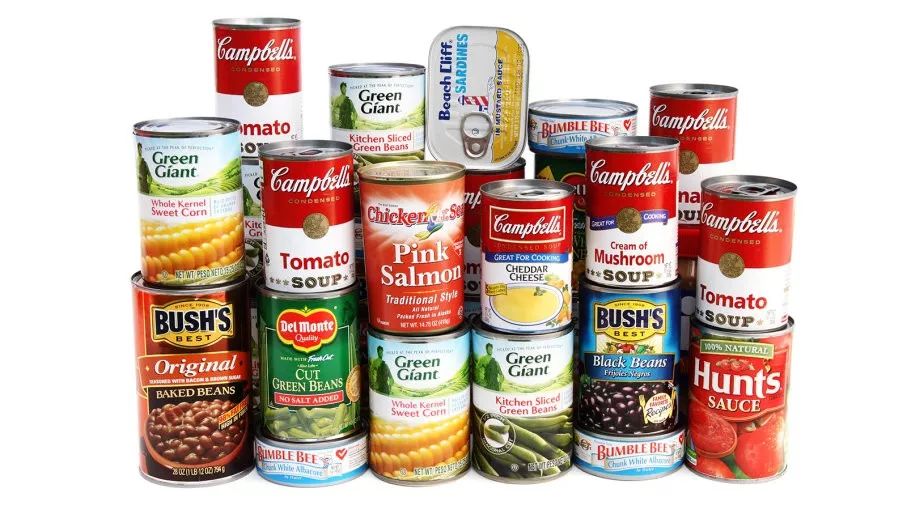
A serving is a standardized amount of food. It may be used to quantify recommended amounts.
Many foods that come as a single portion contain multiple servings. The Nutritional Facts label on packaged foods, on the backs of cans, sides of boxes, etc. tells you the number of servings in the container.·For example, serving size for a container of Pringles is only 28g, which is about 16 crisps.
Controlling your portion size and staying with recommended serving size is an easy way to start tracking your calories intake
Are you a person who cooks at home, using healthy ingredients yet wondering why you aren’t achieving your goal even though that you are eating healthy?
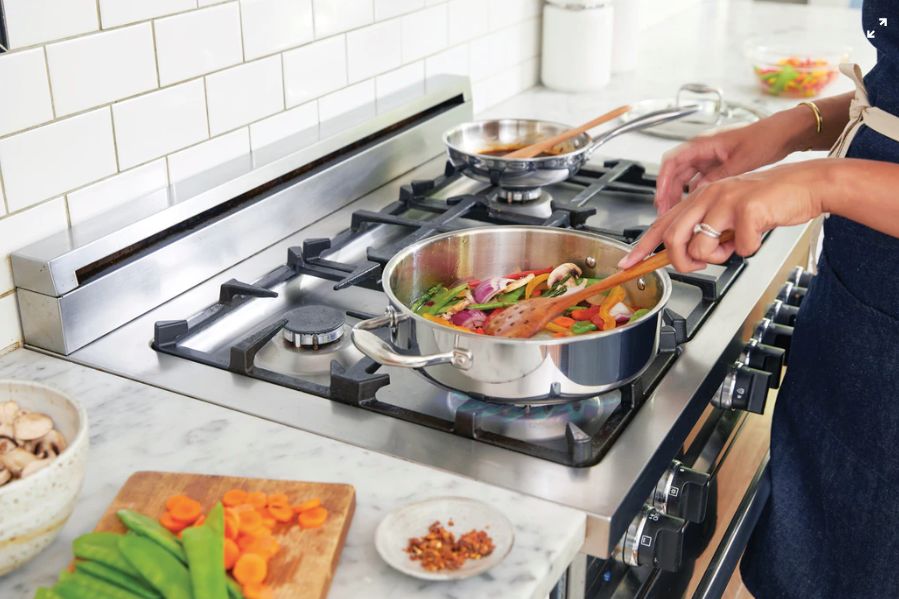
What to eat is as important as how much to eat. Extra calories could come from too many French fries or even eating too many apples.
Before I tell you how to control portion we need to know how much and when/ where and why you eat. This will give you an understanding when you are most likely to make a poor choice. And try to find a solution for that.
The best way to do that is food journals.
Thanks to technology you can now create a food tracker on your cellphone, calendar, or computer to record the information.
You also could download apps that are available such as Myfitnesspal. Eat this much etc.

When writing what food and for how much you are eating Don’t forget WHY, it’s important to know why you ate 2 boxes of cookies on Monday evening, even if they were home made
How to control food portions?
Make over eating difficult and unpleasant task.
- Freeze food you won’t serve or eat right away.
That way, you won’t be tempted to finish the whole batch. If you freeze leftovers in single or family-sized servings, you’ll have ready-made meals for another day. I really recommend this with cookies and cakes if you have sweet tooth like me.
- Eat meals at regular times.
Leaving hours between meals or skipping meals altogether may cause you to overeat later in the day.
- Buy snacks, such as fruit or single serving, prepackaged foods that are lower in calories.
If you buy bigger bags or boxes of snacks, divide the items into single-serve packages right away so you aren’t tempted to overeat.
- Share a meal with a friend.
- Ask the restaurant to pack half of your food before brining it at the table.
- Avoid all-you-can-eat buffets.
- Order one or two healthy appetizers or side dishes instead of a whole meal.
- Ask to have the breadbasket or chips removed from the table.
- If you have a choice, pick the small-sized rather than large-sized drink, salad
- Stop eating and drinking when you’re full. Put down your fork and glass, and focus on enjoying the setting and your company for the rest of the meal.
- If you notice you are eating when certain emotions appears, it’s important to address those emotions and deal with them in a healthy way rather than hurting your body with unhealthy food.
Here is where they get you…
Have you noticed that it costs only a few cents more to get the large fries or soft drinks instead of the regular or small size?
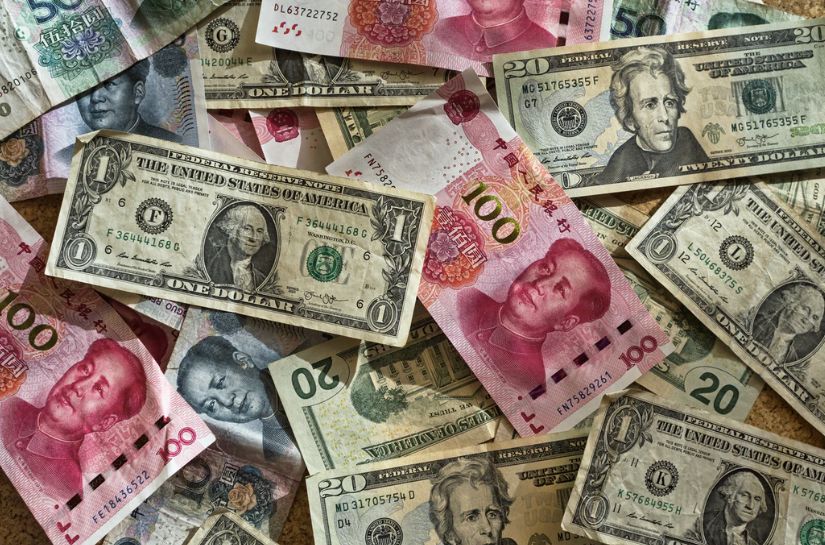
Although getting the super-sized meal for a little extra money may seem like a good deal, you end up with more calories than you need for your body to stay healthy.
Before you buy your next “value meal combo,” be sure you are making the best choice for your wallet and your health.
Remember… eating right food in right amount and right time unconsciously, is the ultimate goal.



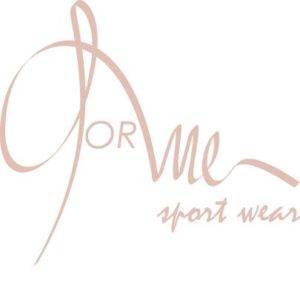
Great content! Super high-quality! Keep it up! 🙂